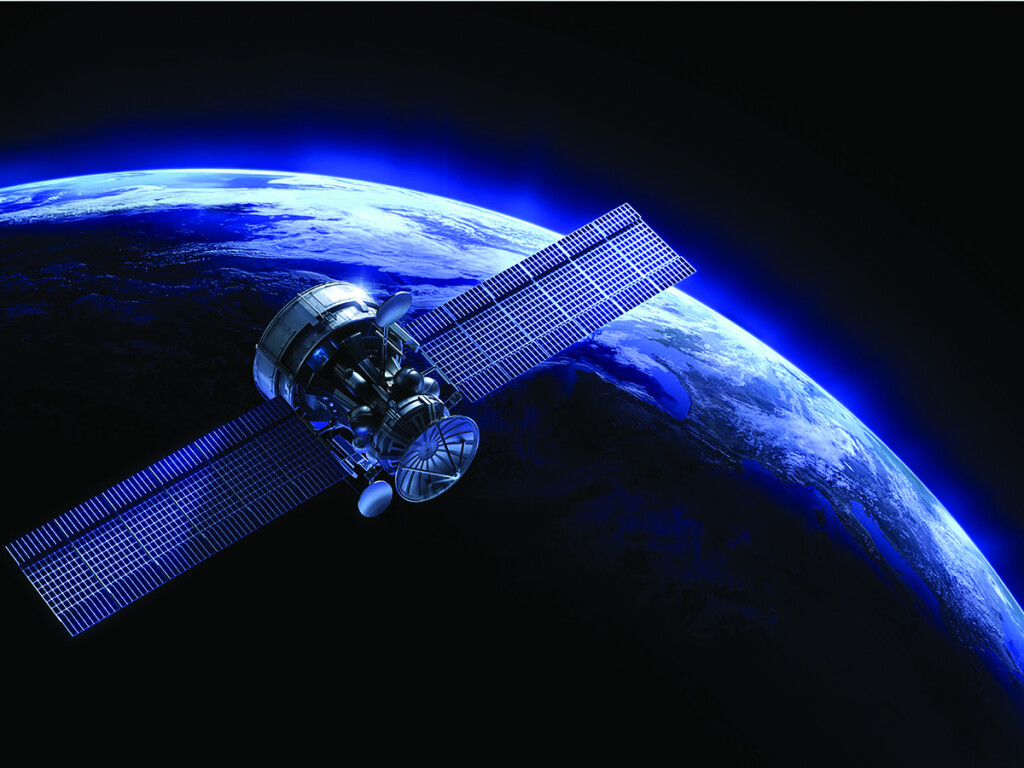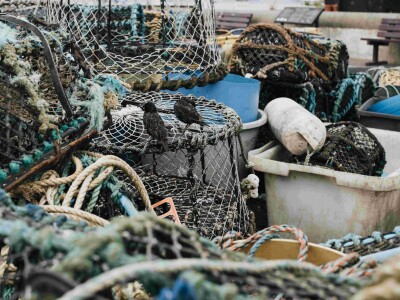Wheelhouse electronics have evolved with increasing speed in the 70 years since World War II, when technologies like radar, sonar and radio communications began to make fishing more efficient and safer. As disruptive technologies enter the wheelhouse, that evolution is going places few fishermen ever imagined. Wheelhouse electronics are leaving the wheelhouse.
On most boats, crew members still get woken up to stand wheel watches when steaming to and from the fishing grounds. They watch the radar, the sounder, the plotter and the gauges. But new technologies are adding layers of redundancy that can make boats safer and more efficient.
Sensors and systems capable of monitoring things like fuel burn, engine performance, battery charge levels, refrigeration variables and rudder angle, are no longer just sending that information to the wheelhouse. Onboard communications and satellites can now send that information to a captain or engineer if they are in their bunks with an iPad, or to fleet managers thousands of miles away.
Some distant-water fleet owners are considering having engineers onshore and running some vessel systems from the home office. And according to a report by the Food and Agriculture Organization, disruptive technologies are going to play a large role in future fisheries.
“The use of disruptive technologies in fisheries and aquaculture may not be widespread now, but a look at three disruptive technologies that were not on the sector’s horizon a few years ago — blockchains, sensors, and automatic identification systems (AIS) — demonstrates the potential of disruptive technology to change the processes, profitability, and sustainability of the sector,” the report said.
“We still have our gauges,” says Osman Colak of Teknotherm, a refrigeration company that utilizes remote monitoring of its equipment as a service to clients. But captains can just as easily monitor systems on wheelhouse computers, and some aspects of systems can be controlled as well as monitored remotely. “We can do some control from land,” adds Colak. “But with high-pressure and dangerous gases, you need manual controls.”
Remote control via satellite communication also opens the door to possible hacking of systems. But the companies putting the technology together are confident they can keep it secure.
“We’ve done a good job with security,” says Scott Johnson of Connecticut-based Carling Technologies. “You need a license key, and the cloud services are very secure.”
Carling owns the brand Maretron, which makes sensors and monitors for marine engines and other systems. “Engines often use J1939 — a communication standard. Our Maretron system uses NMEA 2000. It’s a language we use to transmit and receive information.”
According to Johnson, the Maretron configuration of sensors can monitor a variety of onboard systems and display that information on a PC or tablet, or send the information ashore via satellite.
“We have a number of fleet management companies using our hardware and software right now,” says Johnson. He explains the system as starting with a backbone, which is then connected to sensors and gateways that allow users to display information on or off the boat. Users can monitor fuel burn, GPS readings, run indicators for electric devices, bilge and smoke alarms, engine room and refrigeration temperature, catch weight, and other measures.
“We have the J2K, which translates information from J1939 engines, so we can get a lot of the parameters out of that. We can get generator information, tachometer, hours, coolant pressure, water temperature, oil pressure, a lot of information, and these are just the gateways we have. And we have ways to get that information off the boat through our internet protocol gateway and other devices.”
Johnson notes that the primary role of the Maretron system is in monitoring, pointing out that there is some functionality for controlling systems. “We don’t use it to control the engine,” he says. “It’s more for if you want to turn the lights on or off or something like that.”
According to Johnson, Maretron gives customers the ability to download a program called N2K builder that enables them to build their own network. “It allows you to take the devices and put them on the network, and it only allows you to build a certified solid system. It allows you to check your calculations and do a design for your boat, and then it kicks out a bill of materials. Naval architects use this tool as well.”
The Finnish marine propulsion and energy company Wärtsilä has its own system: Expert Insight.
“Expert Insight is a predictive maintenance service, where an expert in a Wärtsilä Expertise Center follows up collected operating data from the assets in scope (e.g., engines) and provides recommendations based on the findings highlighted by the Expert Insight detection system,” says Tiejo Hiito of Wärtsilä.
“The value for the customer is in reducing unplanned maintenance,” says Hiito, who notes that experts support customers proactively and aim to resolve issues before breakdowns happen, or before the fuel bill is significantly impacted. “With these methods, Wärtsilä Expert Insight also plays an important role in decarbonization,” he says.
“The data is analyzed using two underlying detection systems: A rule-based detection system with thresholds for each sensor based on internal knowledge and knowhow, and an AI-based system using machine learning,” says Hiito. He points out that the intention of these detection systems is to analyze the operating data, and detect possible deviations and anomalies indicating potential failures.
Both of these detection systems, Hiito notes, highlight the findings to the Wärtsilä expert, who then evaluates, investigates and recommends actions to the customer by opening a case via an online environment, called Collaboration app.
The company’s Collaboration app facilitates communication between the Wärtsilä expert and the customer, and assesses operating data via remote monitoring. This cloud-based application is accessible online by logging in with the provided credentials.
“In addition to a conversation with the Wärtsilä expert and follow-up of cases, the customer can also see trends in operating data, see process views of different onboard systems, read alarms and events, and see different dashboards related to the connected equipment,” says Hiito.
Hiito adds that the data is collected in a cybersecure way, and is read-only — so we do not have any remote control functions in place with this service.
“Expert Insight is sold as part of a Lifecycle agreement, and it is applicable for 4-stroke and 2-stroke engines,” says Hiito. “Quite often Expert Insight is sold together with Wärtsilä Operational Support, adding round-the-clock expert support, whenever there is an operational problem and remote expert assistance is needed.”
For smaller boats, a number of companies, such as Actisense, NoLand and Dragon Marine are building analog gauge converters that can convert gauge readings into more accurate digital readings on hardware built by most marine electronics companies, Simrad’s IS42, for example. The digital information can be connected to alarms that can alert the boat owner onboard or remotely.
“The remote connection to Actisense products, like the EMU-1, across the NMEA 2000 network from Toolkit allows the user to set the parameters for their specific gauges, alarms and RPM information,” says Actisense.
Among other manufacturers, Furuno is gearing up to expand connectivity of its products, according to the company’s national sales manager, Matt Wood.
“We have remote monitoring via Ethernet and are starting to offer a subscription service via web and satcoms to better enable remote service diagnostics for our own service network and for owners,” says Wood. “This partially leverages NMEA 2000, but deep-draft/oceangoing fleets are not really fully onboard with NMEA 2000 yet. When OneNet becomes a full-fledged standard, we will likely see some uptick in commercial carriers embracing it.”
The information that once went from analog gauges, and radar, sounder and plotter observations in the wheelhouse, to the captain’s log, is now digitized and available anywhere on or off the boat.
As the technology ramps up, more vessel owners are expected to use artificial intelligence, machine learning and big data to more efficiently manage their fishing operations from the wheelhouse and beyond.






